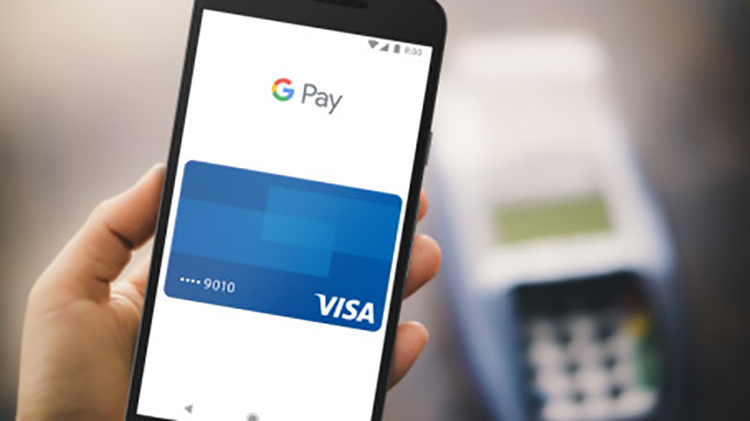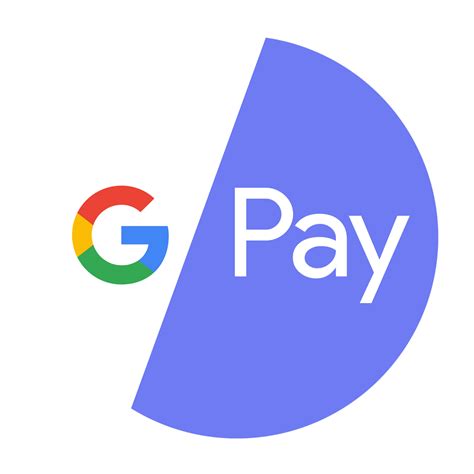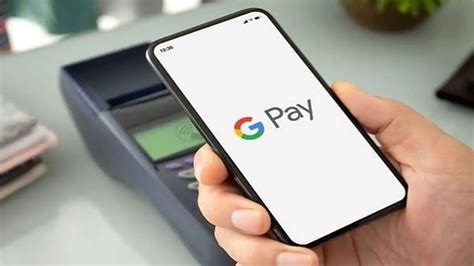The modern automobile is no longer a mere transportation device it has evolved into a connected, software‑driven platform that seamlessly integrates digital services. Among the most transformative features is the ability to make in‑car payments directly from the vehicle’s infotainment system or steering wheel controls. Google Pay, one of the world’s leading digital wallets, has extended its reach into the automotive arena, enabling drivers to pay for fuel, parking, drive‑through orders, tolls, and more without reaching for their smartphones or wallets. This article explores the inception, technology, benefits, challenges, real‑world use cases, security measures, developer opportunities, and future outlook of in‑car Google Pay payments, offering an in‑depth guide for drivers, automakers, and fintech innovators.
A. Evolution of In‑Car Payments
The concept of in‑car payments traces back to early attempts at telematics‑based commerce, but recent advances in connectivity and digital wallets have brought it to maturity.
A. Early Telematics Systems: Initial vehicle telematics platforms allowed for emergency calls and basic diagnostics, but lacked commercial transaction capabilities.
B. Mobile App Integration: Automakers began integrating smartphone apps to control vehicle functions unlocking doors, pre‑conditioning cabins but payments still occurred on the phone.
C. OEM Partnerships: FordPass, Mercedes me, and Hyundai Blue Link experimented with proprietary payment systems for fuel and parking, signaling market appetite.
D. Digital Wallet APIs: The launch of standardized APIs by Apple Pay, Samsung Pay, and Google Pay opened the door for in‑car wallet integration.
E. Google Pay Car SDK: Google introduced the Payment Method Tokenization for Cars framework in Android Automotive OS, enabling secure in‑vehicle transactions.
B. How Google Pay Works In‑Car
Understanding the mechanics of Google Pay in a vehicle setting clarifies its benefits and requirements.
A. Account Linking: Drivers link their Google account and payment methods (credit/debit cards, bank accounts) via the car’s infotainment settings.
B. Tokenization: Instead of transmitting raw card details, Google Pay uses cryptographic tokens to represent payment credentials, ensuring data privacy.
C. Near‑Field Communication (NFC): For vehicles equipped with NFC antennas, drivers can tap on compatible POS terminals at the pump or checkout.
D. Over‑The‑Air Updates: Google Pay features and security patches are delivered wirelessly via the car’s connectivity module, keeping the system current.
E. Voice Commands & Touch Interface: Integration with Google Assistant and touchscreen menus enables hands‑free or manual payment initiation.
C. Key Features and Capabilities
Google Pay’s in‑car implementation extends beyond basic contactless checkout, offering a suite of advanced functionalities.
A. Fuel & EV Charging Payments: Pay directly at the pump or charging station by selecting the station in the map interface and authorizing payment.
B. Parking Reservations: Locate nearby parking lots, reserve a spot, and pay all from the infotainment display.
C. Drive‑Through & Delivery Orders: Place and pay for fast‑food or grocery pickup orders via partner integrations in the vehicle UI.
D. Toll Auto‑Pay: Automatically charge tolls when passing through electronic toll gantries using geolocation and in‑car sensors.
E. Subscription Services: Manage and pay for vehicle subscriptions such as premium nav, Wi‑Fi hotspot, or ADAS features through a consolidated billing interface.
D. Benefits for Drivers
Adopting Google Pay in the car enhances convenience, safety, and efficiency for motorists.
A. Hands‑Free Convenience: Voice‑activated payments via Google Assistant reduce driver distraction and comply with hands‑on‑wheel laws.
B. Transaction Speed: Tokenized payments complete in seconds, minimizing queues at pumps, garages, and kiosks.
C. Unified Billing: All in‑car expenditures appear in a single Google Pay statement, simplifying expense tracking.
D. Enhanced Rewards: Users retain or earn Google Pay offers, cashback, and loyalty points for automotive transactions.
E. Seamless Experience: No need to fumble for cards or phones payments flow naturally from existing infotainment workflows.
E. Benefits for Automakers and Partners

OEMs and service providers also reap advantages by embedding Google Pay into their ecosystems.
A. Increased Engagement: Drivers spend more time interacting with branded infotainment apps, opening doors for upselling digital services.
B. Data Insights: Aggregated, anonymized transaction data reveals consumer behavior patterns peak fueling times, popular drive‑through orders, etc.
C. New Revenue Streams: Automakers can earn referral fees or transaction commissions from payment partners.
D. Differentiation: Offering seamless wallet integration distinguishes brands in a crowded connected‑car market.
E. Reduced Support Costs: Fewer lost‑card and payment‑failure incidents translate to fewer customer service calls.
F. Real‑World Use Cases
Several pilots and commercial deployments illustrate the versatility of in‑car Google Pay payments.
A. Fuel Stations: Brands like Shell and ExxonMobil enable “Pay with Google Pay” at the dispenser select station, choose payment, pump fuel.
B. Smart Parking: Municipalities in London and Singapore allow in‑car parking fee payment by scanning zone codes on the dash via the infotainment app.
C. Fast‑Food Chains: McDonald’s and Starbucks integrate ordering widgets into Android Automotive OS, letting drivers customize orders and pay before arrival.
D. Highway Tolls: Florida’s SunPass and California’s FasTrak pilots employ geofencing to auto‑charge toll accounts when vehicles cross toll points.
E. EV Charging Networks: ChargePoint and Electrify America stations accept Google Pay credentials in the car, eliminating RFID cards or smartphone apps.
G. Technical Requirements and Integration
Deploying Google Pay in vehicles demands coordinated hardware and software components.
A. Infotainment Platform: Must run Android Automotive OS or support Google’s In‑Car App Protocol to host Google Pay modules.
B. Connectivity Module: 4G/5G or Wi‑Fi link for account synchronization, OTA updates, and transaction authorizations.
C. Secure Element: Hardware‑backed keystore for storing cryptographic tokens and executing payments safely.
D. NFC Antenna (Optional): Enables tap‑to‑pay at physical terminals without smartphone involvement.
E. Voice & UI Integration: Google Assistant and touchscreen APIs to present payment options contextually within apps.
H. Security and Privacy Measures
Payment systems in cars must adhere to stringent security and privacy standards to protect users.
A. Tokenization & Encryption: Sensitive data never leaves the secure element; tokens are meaningless if intercepted.
B. Biometric & PIN Verification: Optional driver authentication via fingerprint readers or PIN codes before high‑value transactions.
C. Secure Boot & Sandbox: Infotainment systems boot with cryptographic validation; Google Pay runs in a sandboxed environment to prevent cross‑app exploits.
D. Anomaly Detection: AI models monitor transaction patterns; unusual activity triggers user alerts or transaction blocks.
E. Privacy Controls: Drivers choose what transaction data is shared with OEMs, service providers, or third‑party apps under GDPR and CCPA guidelines.
I. Challenges and Considerations

Despite its promise, in‑car Google Pay payment adoption faces hurdles that stakeholders must navigate.
A. Connectivity Gaps: Rural areas with poor cellular coverage can hinder payment authorizations and OTA updates.
B. Regulatory Compliance: Payment and data privacy laws vary by jurisdiction global OEMs must implement configurable compliance layers.
C. User Education: Drivers need clear UI prompts and tutorials to trust and adopt in‑car payment workflows.
D. Interoperability: Ensuring consistent behavior across different vehicle models, infotainment versions, and third‑party apps.
E. Liability Management: Defining responsibility for failed transactions network declines, insufficient funds, or hardware malfunctions.
J. Developer and Partner Opportunities

The ecosystem around in‑car payments is ripe for innovation from app developers, payment processors, and data analytics firms.
A. Custom Payment Widgets: Brands can build lightweight in‑car mini‑apps that surface payment options with minimal driver distraction.
B. Loyalty & Offers Integration: Developers can embed merchant loyalty programs and time‑sensitive offers into the payment flow.
C. Analytics Dashboards: B2B platforms can provide fuel usage, parking patterns, and toll spend insights to fleet managers.
D. Value‑Added Services: Insurance companies could automate premium payments or usage‑based billing directly from the vehicle.
E. Edge Computing Extensions: Local caching of payment UI assets and transaction logs to maintain functionality during brief network outages.
K. Future Outlook and Innovations
As connectivity, AI, and digital finance continue to evolve, in‑car payment experiences will become richer and more secure.
A. Biometric In‑Cabin Payments: Facial recognition or voice biometrics could authorize transactions without manual input.
B. Blockchain Settlements: Decentralized ledgers may streamline cross‑border toll and charging payments, eliminating clearinghouse delays.
C. Predictive Purchasing: AI could auto‑order fuel or parking based on trip patterns, pre‑authorize payment, and notify users when service is rendered.
D. Integrated Mobility Wallets: Unified payment hubs handling all mobility spend rideshare, bike share, public transit directly in the vehicle.
E. Augmented Reality (AR) Prompts: Head‑up displays highlighting eligible merchants or charging stations with on‑screen pay prompts.
Conclusion
In‑car Google Pay payments represent a significant leap forward in the integration of financial services with automotive technology. By leveraging tokenization, secure hardware, and seamless UI/voice workflows, drivers enjoy hands‑free convenience, faster transactions, and unified billing. Automakers and service partners gain deeper engagement, novel revenue channels, and valuable consumer insights. While challenges around connectivity, compliance, and interoperability remain, the ongoing evolution of digital wallets, AI, and connected car platforms promises a future where every vehicle is its own point‑of‑sale system. For drivers, developers, and industry stakeholders alike, mastering in‑car payments will be key to unlocking the full potential of the software‑defined vehicle era.











